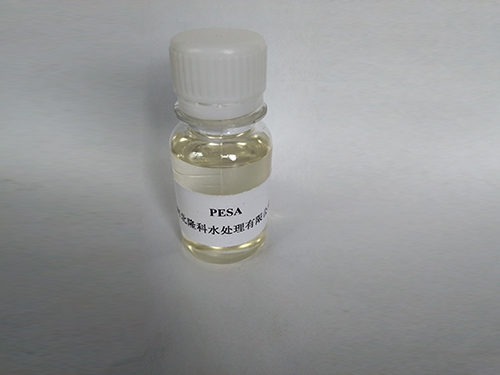Application of Poly Aluminium Chloride in Water Purification Processes and Treatment Efficiency
The Use of Poly Aluminium Chloride in Water Treatment
Water treatment is a crucial process aimed at improving water quality for various purposes, including drinking, industrial processes, and environmental protection. Among the various chemicals used in this domain, Poly Aluminium Chloride (PAC) has gained prominence due to its efficiency and effectiveness in coagulation and flocculation processes. This article explores the properties, mechanisms, advantages, and applications of PAC in water treatment.
What is Poly Aluminium Chloride?
Poly Aluminium Chloride is an inorganic polymer that is widely used as a coagulant in water treatment. It is typically produced by the reaction of aluminium hydroxide with hydrochloric acid, resulting in a compound that can vary in formulation depending on factors such as the degree of polymerization and the aluminium content. The resulting product is usually in the form of a white or off-white powder, and it is soluble in water, forming an alkaline solution.
Mechanism of Action
The primary function of PAC in water treatment revolves around its ability to act as a coagulant. When added to water, PAC dissociates into aluminium cations and chloride ions. These aluminium ions interact with negatively charged particles, such as sediments, colloids, and other impurities in water, through charge neutralization. This leads to the agglomeration of particles into larger flocs, which can then be removed through sedimentation or filtration.
PAC's performance is often superior to traditional coagulants like alum because of its higher charge density and polymeric nature. The presence of polyhedral structures in PAC enhances its bridging capability, allowing it to effectively bind and aggregate smaller particles, thus improving the overall efficiency of turbidity removal.
Advantages of PAC in Water Treatment
1. Higher Efficiency PAC is known for its high settling rate and smaller required doses compared to traditional coagulants. This results in less sludge production and easier handling during the treatment process.
2. Wider pH Range PAC can effectively operate over a broader pH range (4 to 8), making it more versatile for different water sources which may have varying pH levels.
3. Lower Residual Aluminium PAC typically leaves less residual aluminium in treated water compared to alum, which is beneficial in terms of environmental impact and compliance with health standards.
use of poly aluminium chloride in water treatment

4. Enhanced Removal of Contaminants Studies have shown that PAC can more effectively reduce organic matter, suspended solids, turbidity, and certain pathogens in water compared to other coagulants.
5. Cost-Effectiveness While the initial cost of PAC may be higher than that of traditional coagulants, the overall reduction in required dosage and sludge management can lead to long-term savings.
Applications of PAC
PAC is commonly used in various water treatment applications, including
- Drinking Water Treatment Many municipal water treatment facilities adopt PAC due to its efficiency in producing high-quality drinking water while minimizing environmental impacts.
- Wastewater Treatment PAC is employed in treating wastewater from industrial processes, especially those involving paper production, textiles, and food processing, where solid and colloidal materials need to be removed.
- Surface Water Treatment The ability of PAC to effectively remove natural organic matter and other contaminants makes it ideal for treating surface water sources such as rivers and lakes.
- Sludge Conditioning In addition to its coagulation capabilities, PAC is also used for sludge conditioning, improving the dewaterability of sludge produced during wastewater treatment processes.
Conclusion
Poly Aluminium Chloride has established itself as a vital chemical in the field of water treatment due to its superior coagulating properties and versatility. Its ability to efficiently remove impurities, operate over a wide range of conditions, and produce less residuals highlight its importance in both drinking water and wastewater treatment applications. As the demand for clean water continues to rise globally, the role of PAC will likely expand, offering an effective solution to meet public health and environmental standards. Understanding the benefits and applications of PAC is essential for professionals in the water treatment industry aiming to enhance water quality and sustainability.
-
LK-319 Special Scale And Corrosion Inhibitor For Steel Plants: Advanced Solutions for Industrial Water SystemsNewsAug.22,2025
-
Flocculant Water Treatment: Essential Chemical Solutions for Purification ProcessesNewsAug.22,2025
-
Isothiazolinones: Versatile Microbial Control Agents for Industrial and Consumer ApplicationsNewsAug.22,2025
-
Scale Inhibitor: Key Solutions for Water System Scale PreventionNewsAug.22,2025
-
Organophosphonates: Versatile Scale Inhibitors for Industrial Water SystemsNewsAug.22,2025
-
Scale and Corrosion Inhibitor: Essential Chemical Solutions for Water System MaintenanceNewsAug.22,2025





